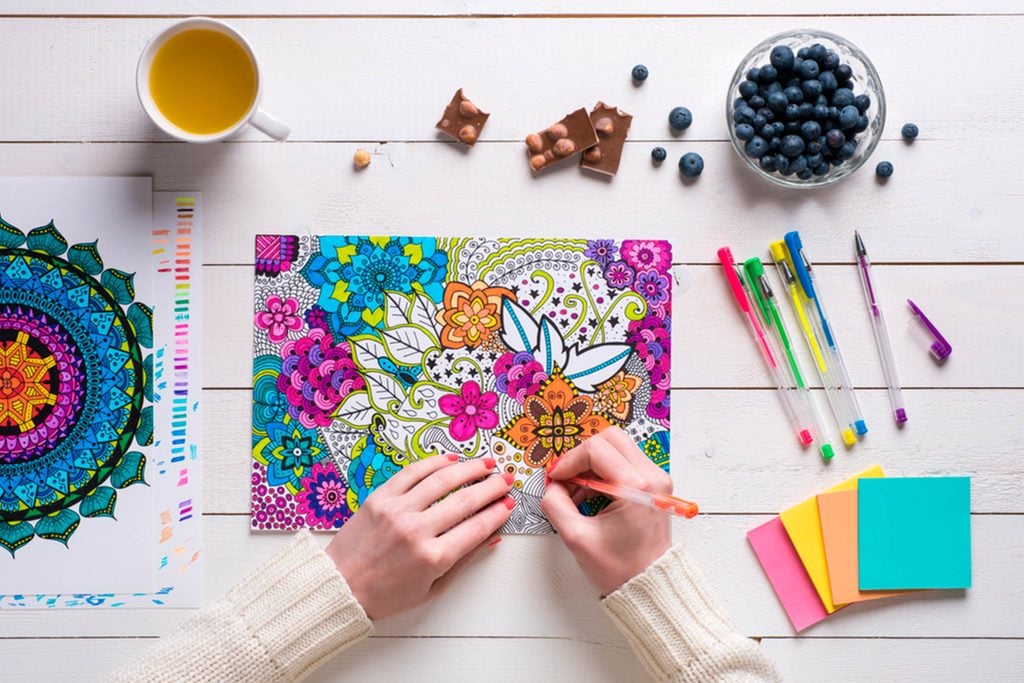Science Just Proved That You Can (and Should!) Doodle All You Want—Here’s Why
Updated: Jun. 22, 2017
With nothing more than pencil and paper, you can make yourself happy (and possibly smarter!) in under three minutes.
When adult coloring books became all the rage a few years back, people claimed it made them feel calm and more creative. Now a new study from researchers at Drexel University suggests it’s time to reclaim another childlike pursuit: Doodling may offer even greater benefits.
For the study, Girija Kaimal, EdD, MA, art therapist and assistant professor in Drexel’s College of Nursing and Health Professions and published in the journal Arts in Psychotherapy, and colleagues measured blood flow in the brain of 50 volunteers while they were at rest and again when they were engaged in each of the following three art-related tasks:
- coloring a mandala
- doodling within or around a circle marked on a piece of paper
- free-drawing
Kaimal found that all of the art-related tasks boosted blood flow to the medial prefrontal cortex—the brain’s reward center. But doodling produced the biggest results, with free-drawing coming in second and coloring third. The best news? The differences between the three were slight; whichever style you prefer, it will stimulate your brain’s reward system and your sense of satisfaction.

“There are several implications of this study’s findings,” Kaimal told Science Daily. “They indicate an inherent potential for evoking positive emotions through art-making—and doodling especially.” The volunteers only engaged in the activities for three minutes in the study, which is why psychiatrist and bestselling author, Carole Lieberman, MD, believes “the more frequently you doodle, the stronger the positive impact on your mood.” The mood-boosting effect in part could be a result of working out problems that are “unconsciously bothering you,” she explains. (Here are some other easy ways to boost your mood.)
Fran Walfish, PsyD, a family and relationship psychotherapist and author who uses art therapy in her practice, says that doodling allows a person to wrestle with their conflicts and expel their feelings on paper. Kimberly Hershenson, LMSW also sees the nonverbal expression as helpful for clearing “space” within the brain to process difficult issues, which, in turn has a calming effect. Whatever the benefit, grab a pencil and paper and doodle away during your next meeting—it’s good for your brain.













